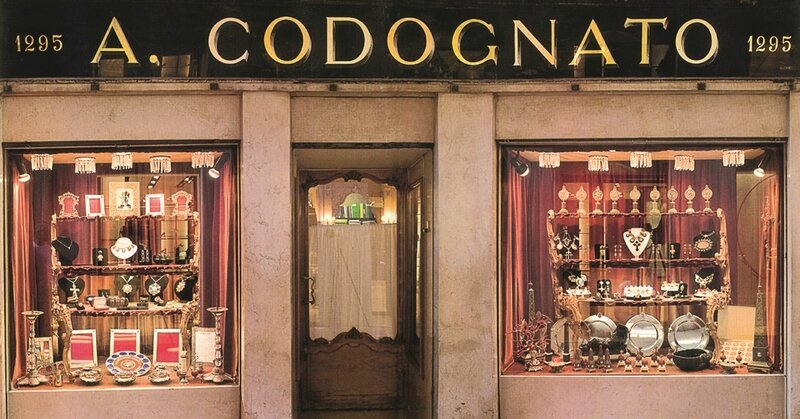A 'Longquan' celadon 'cong' vase, Song dynasty. Estimate60,000 — 80,000 USD. Photo: Sotheby's.
modeled after an archaic jade cong, the body of attenuated square section supported on a short tapering foot ring, rising to a flat shoulder and a thick circular neck, the corners carved with eight raised horizontal bands, each within a raised rectangular panel, covered overall with a thick lustrous celadon glaze, Japanese wood box (2). Height 9 in., 22.7 cm
Property from a private Japanese collection formed prior to World War II
Notes: Cong-shaped Longquan celadon wares represent one of the most classic and characteristic types of Song dynasty porcelain, with both the shape and glaze imitating archaic jade. The shape follows that of neolithic ritual jades known as cong, which were carved as open tubes during the neolithic Liangzhu culture in Southeastern China, such as an example from the Shanghai Museum, included in the exhibition Gems of Liangzhu Culture, Hong Kong Museum of History, 1992, cat. no. 57.
The deep celadon glaze was a color highly prized in Japan under the term 'kinuta celadon', after mallet (kinuta) shaped vases. Celadon wares of this type come from an extensive region in southern Zhejiang province, covering Longquan as well as many neighboring counties.
A number of Longquan celadon cong-form vases of this design are published, including several in renowned museum collections. An example in the Qing court collection is illustrated in Porcelain of the Song Dynasty (II). The Complete Collection of Treasures of the Palace Museum, Hong Kong, 1996, pl. 97; two from the National Palace Museum, Taipei, illustrated in Green. Longquan Celadon of the Ming Dynasty, Taipei, 2009, cat. nos 149 (left and center); one is in the Shanghai Museum, illustrated in Longquan ciqi, Beijing, 1966, pl. 15; another from the Eumorfopoulos collection and now in the Victoria and Albert Museum, London, is included in John Ayers, Far Eastern Ceramics in the Victoria and Albert Museum, London, 1980, pl. 124; and a sixth example from the Oppenheim collection and now in the British Museum, London, is published in Jessica Rawson (ed.), The British Museum Book of Chinese Art, London, 1992, pl. 8 (left).
Compare also a vase of this type, from the Toguri collection, sold in our London rooms, 9th June 2004, lot 53; and another also from a Japanese collection, recently sold in the same rooms, 13th May 2015, lot 106.
Sotheby's. Monochrome, New York, 15 sept. 2015
















